Chambers of the Heart Worksheet
Understanding the intricate workings of the heart can be a challenging task, but with the help of a Chambers of the Heart worksheet, students and anatomy enthusiasts alike can delve into the complex entity that is the human heart. This worksheet provides a detailed look into the subject of the heart's chambers, facilitating comprehension and reinforcing knowledge for suitable target audiences.
Table of Images 👆
More Other Worksheets
Kindergarten Worksheet My RoomSpanish Verb Worksheets
Cooking Vocabulary Worksheet
My Shadow Worksheet
Large Printable Blank Pyramid Worksheet
Relationship Circles Worksheet
DNA Code Worksheet
Meiosis Worksheet Answer Key
Art Handouts and Worksheets
7 Elements of Art Worksheets
What is the purpose of the chambers in the heart?
The chambers in the heart exist to pump and circulate blood throughout the body. There are four chambers in the heart: two atria and two ventricles. The atria receive blood coming into the heart, while the ventricles pump blood out to the rest of the body. This process ensures that oxygen and nutrients are delivered to tissues and organs, while waste products are carried away for elimination. By working in a coordinated manner, the chambers play a crucial role in maintaining proper circulation and overall bodily function.
How many chambers does the human heart have?
The human heart has four chambers: two atria (upper chambers) and two ventricles (lower chambers).
Name the four chambers of the heart.
The four chambers of the heart are the right atrium, right ventricle, left atrium, and left ventricle.
Which chamber receives oxygenated blood from the lungs?
The chamber that receives oxygenated blood from the lungs is the left atrium of the heart.
Which chamber pumps oxygenated blood to the rest of the body?
The left ventricle is the chamber that pumps oxygenated blood to the rest of the body. It receives oxygen-rich blood from the left atrium and contracts to push this oxygenated blood out through the aorta to supply the body's tissues and organs.
Which chamber receives deoxygenated blood from the body?
The right atrium of the heart receives deoxygenated blood from the body.
Which chamber pumps deoxygenated blood to the lungs?
The right ventricle is the chamber that pumps deoxygenated blood to the lungs.
Describe the structure and function of the atria.
The atria are the upper chambers of the heart responsible for receiving blood from the veins and pumping it into the ventricles. Their thin walls allow for easy blood flow into the ventricles, while the atria also help fill the ventricles by contracting to push blood through the atrioventricular valves. This process facilitates efficient blood circulation and ensures proper blood flow throughout the body.
Describe the structure and function of the ventricles.
The ventricles are four interconnected cavities within the brain that play a vital role in cerebrospinal fluid (CSF) circulation. There are two lateral ventricles, one in each hemisphere, connected to the third ventricle in the midline of the brain, which in turn is connected to the fourth ventricle located between the brainstem and the cerebellum. The ventricles produce and store CSF, a clear fluid that helps protect the brain and spinal cord, regulate pressure within the skull, and provide nutrients to the central nervous system. CSF flows through the ventricular system and circulates around the brain and spinal cord, helping to maintain a stable environment for neural function.
How do the chambers of the heart work together to maintain blood flow throughout the body?
The chambers of the heart work together through a coordinated series of contractions and relaxations to maintain blood flow throughout the body. The atria receive blood returning to the heart and contract to push it into the ventricles. The ventricles then contract, pumping the blood out of the heart and into the arteries that carry it to the rest of the body. This cycle ensures a continuous flow of oxygenated blood to all tissues and organs, providing essential nutrients and removing waste products.
Have something to share?
Who is Worksheeto?
At Worksheeto, we are committed to delivering an extensive and varied portfolio of superior quality worksheets, designed to address the educational demands of students, educators, and parents.

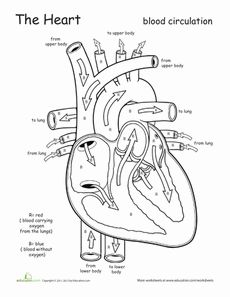



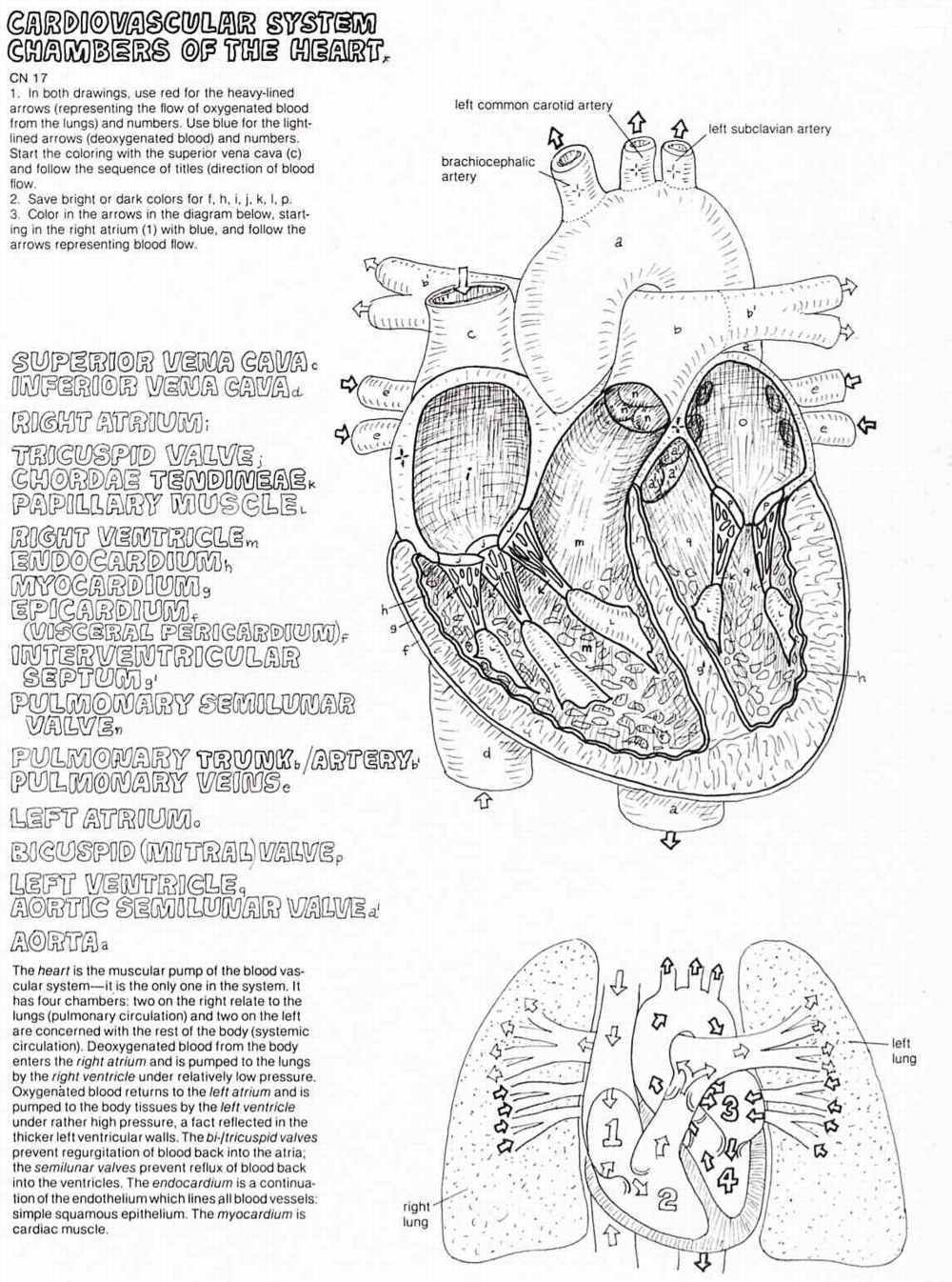
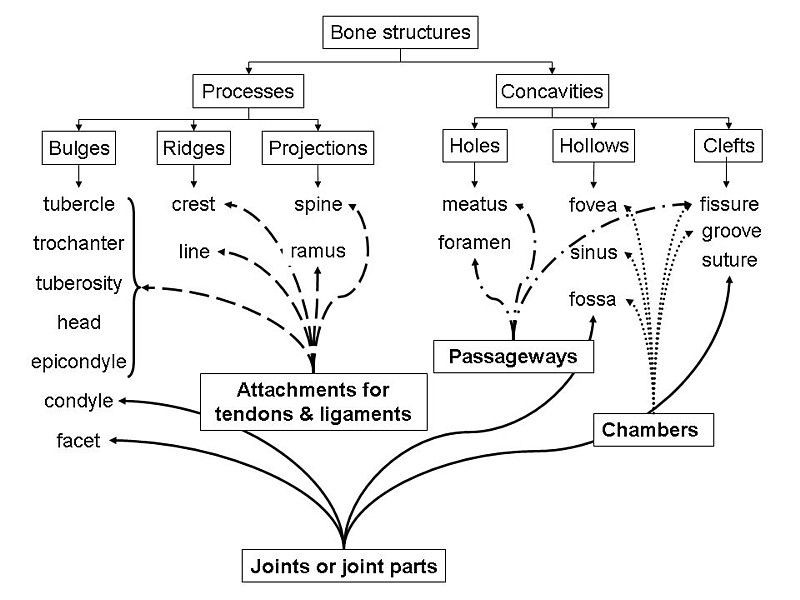
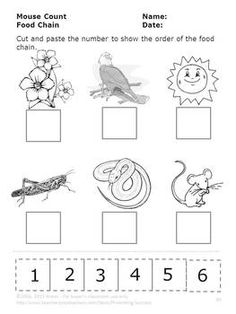
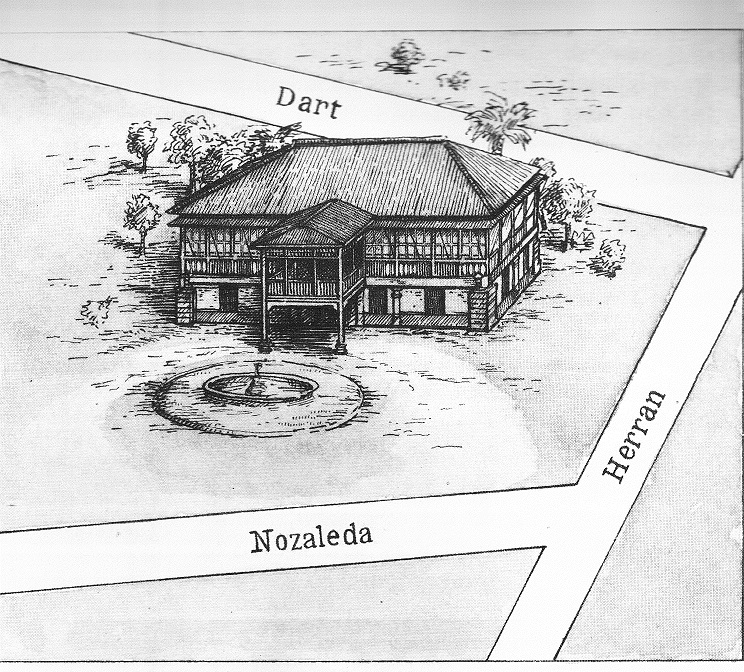
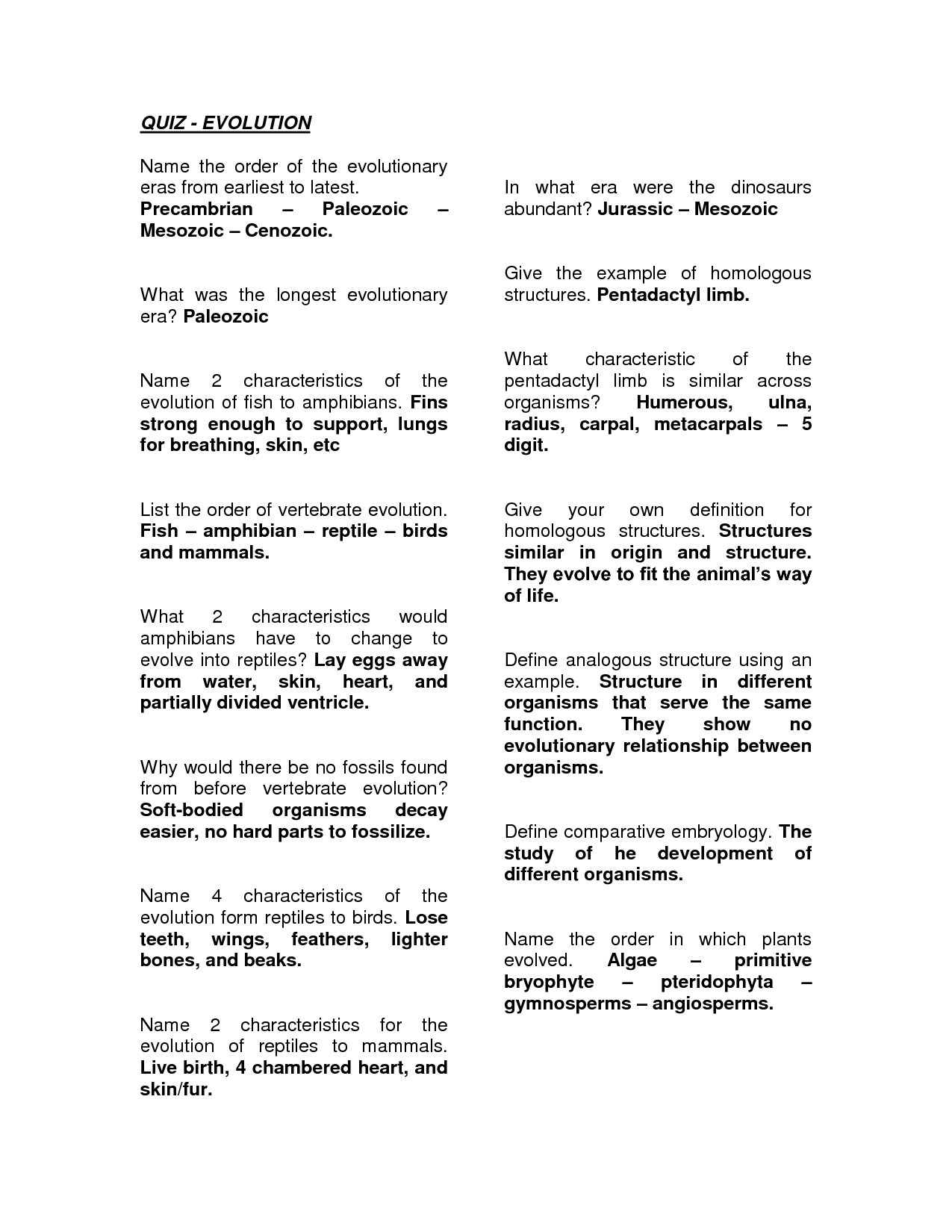
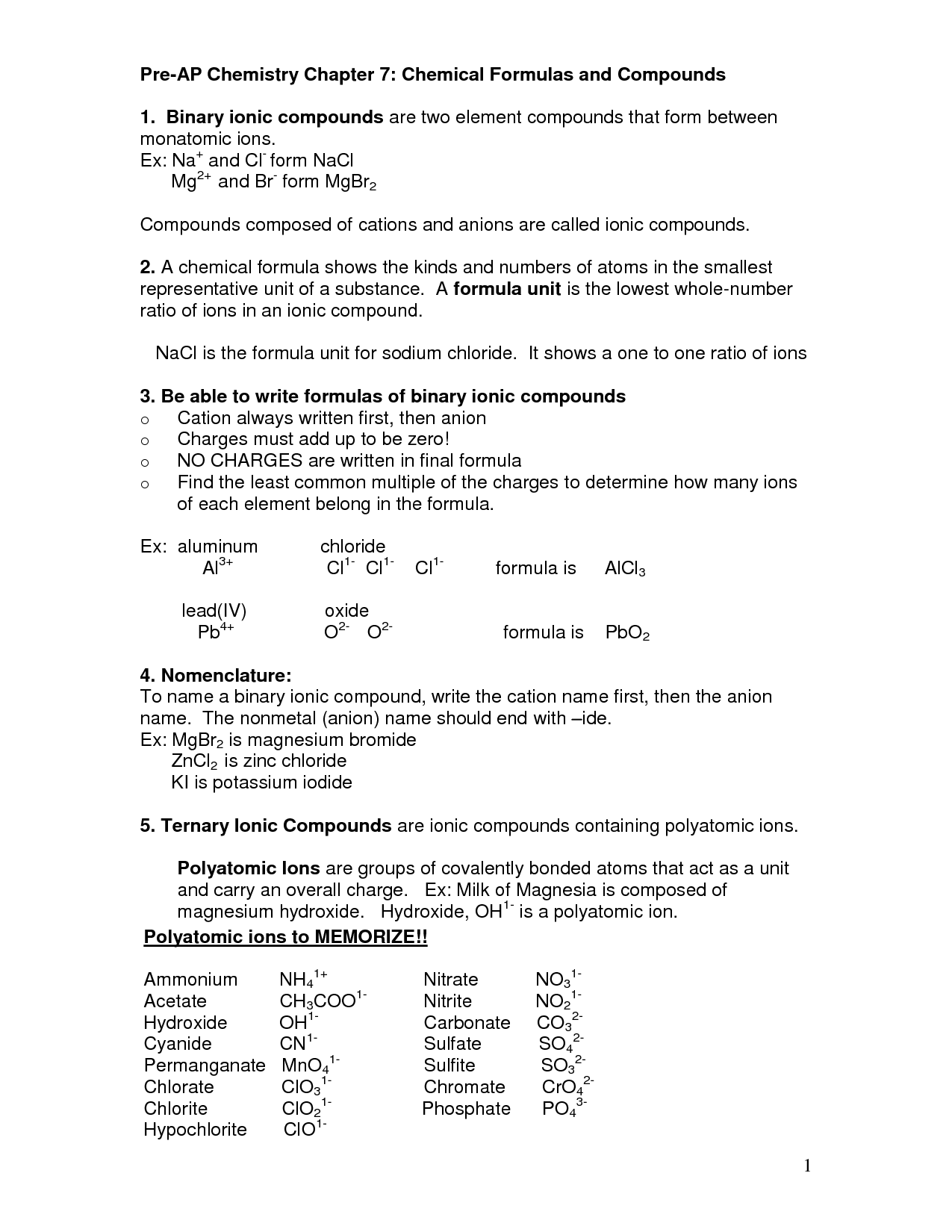
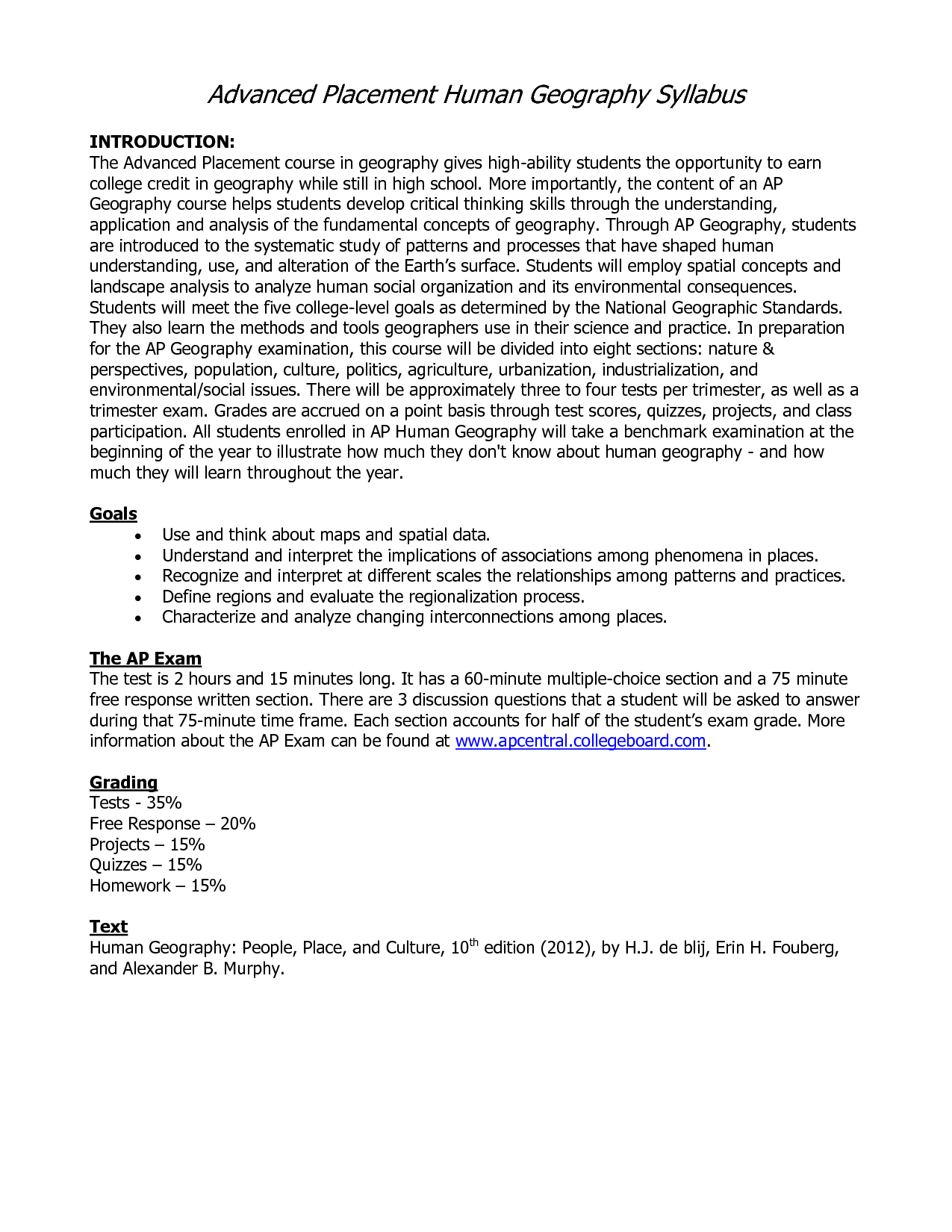
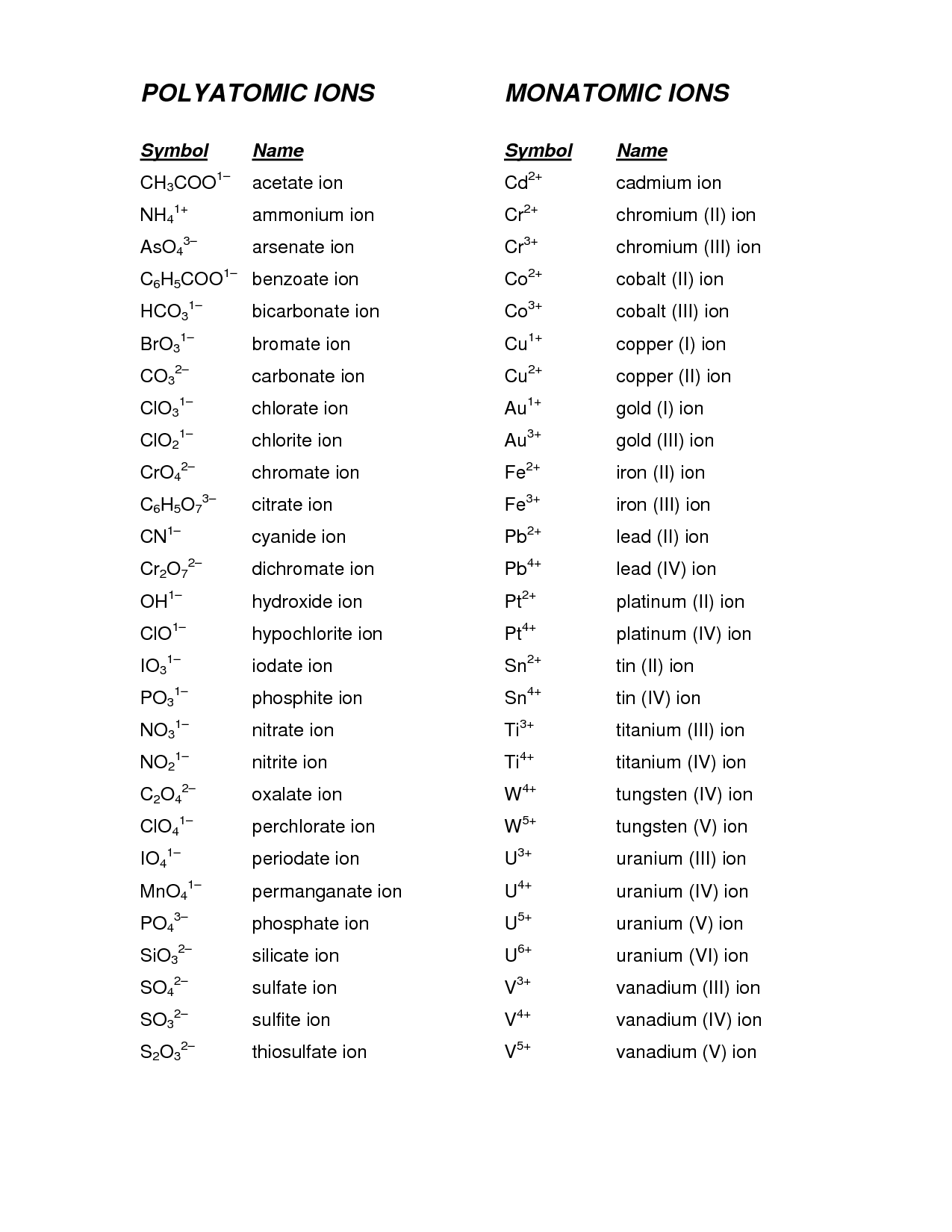














Comments